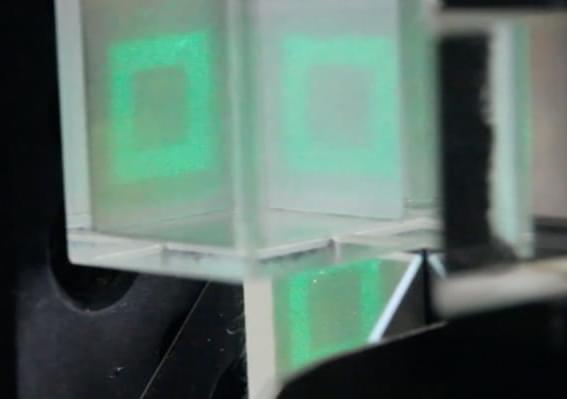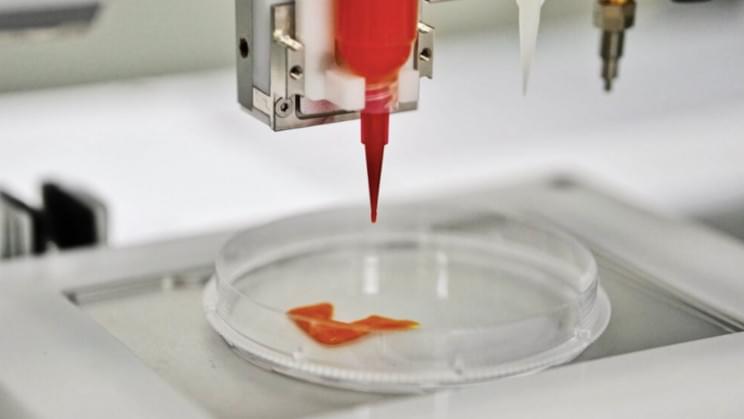Visit Our Parent Company EarthOne For Sustainable Living Made Simple ➤
https://earthone.io/
Progress has an accelerating rate of change due to the compounding effect of these technologies, in which they will enable countless more from 3D printing, autonomous vehicles, blockchain, batteries, remote surgeries, virtual and augmented reality, robotics – the list can go on and on.
These devices in turn will lead to mass changes in society from energy generation, monetary systems, space colonization and much more! All these topics and then some will be covered in videos of their own in the future.
In this video we will be discussing automation, which is often confused with being the ‘technological revolution’ in it of itself as it is what the mainstream focuses on, and for good reason, as how we handle automation will determine the trajectory or collective future takes.
00:00 Intro.
01:30 Progress Traps.
03:50 Automation.
11:51 Retraining.
13:55 The Gig Economy.
Thank you to the members who supported this video ➤




